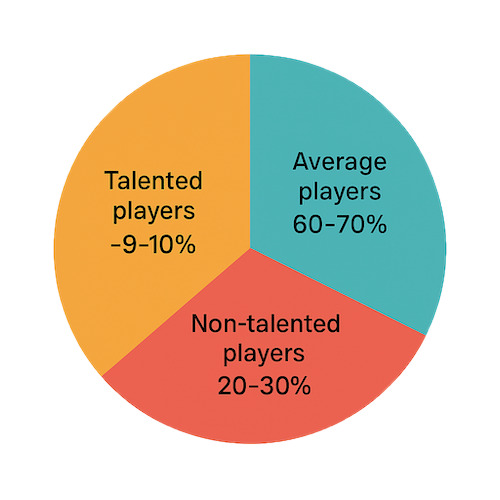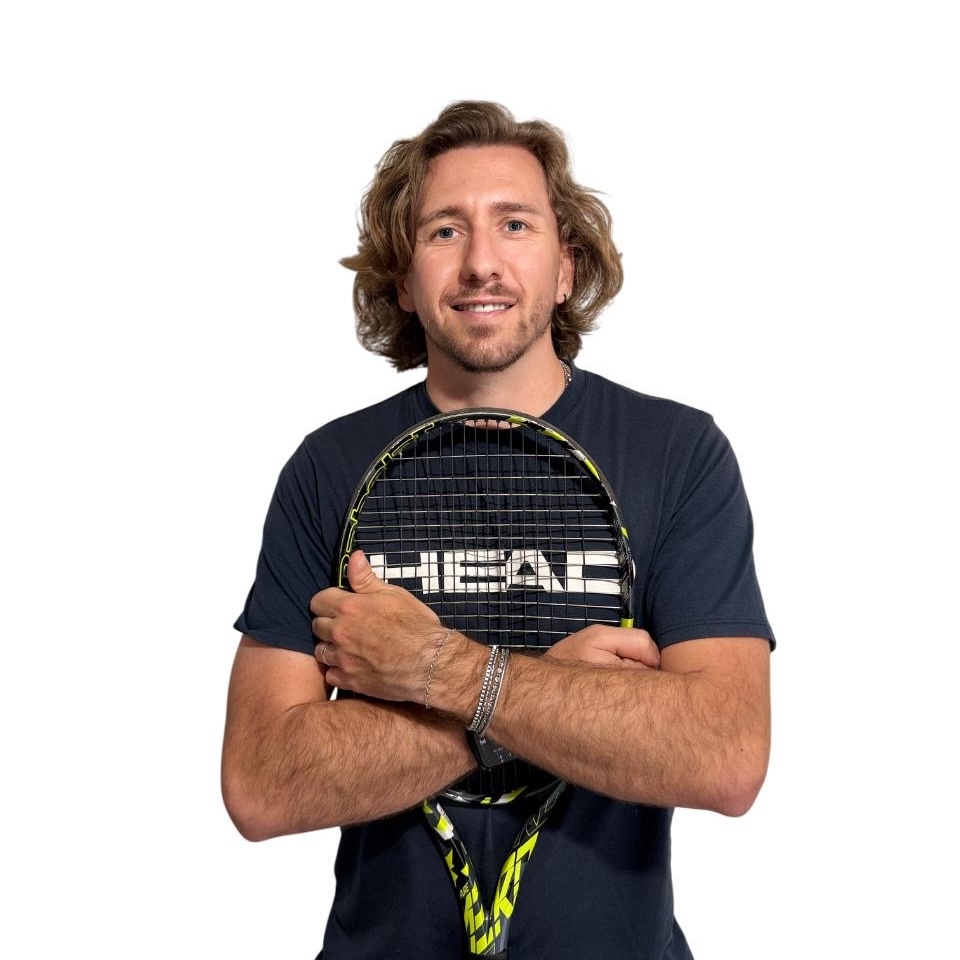Welcome to my blog: Let’s talk about tennis
Before I was a tennis coach or even a sport scientist, I was—and still am—a true sports enthusiast. I love trying out new sports, soaking up the energy of a raucous stadium, and geeking out on the best sports podcasts I can actually follow.
One episode that stuck with me featured Gianluigi Buffon, Italy’s legendary goalkeeper. He was asked which role has changed the most since he started playing.
Without missing a beat, he said: “The coach.”
Modern coaching goes beyond drills and endless hours on court.
As Buffon (and so many others) have observed, the coach’s role has morphed into something more like a “performance architect”.
Today’s top coaches blend on-court experience with science-based coaching—drawing on biomechanics, physiology, psychology, motor-learning theory, even physics.
Of course, no one can be an expert in everything. I’m not here to downplay court time— it was and still is vital. But evolving sports science means coaching development now hinges on marrying hands-on know-how with evidence-backed methods.
Times have changed, sports science is constantly evolving and so the coaching.
Less than 1 player out of 10 shows early, elite potential.
Learning is a never ending progress, so why should we try to become modern coaches?
Research from Germany, Belgium, and Australia on U9, U13, and U18 players finds that:
- Only 9–10% display early, measurable high-performance markers (speed, coordination, decision-making).
- Another 60–70% meet normative skill and fitness levels—and with smart player development, they can compete nationally.
- The remaining 20–30% lag behind in core motor skills.
Focus on development over destiny: Most players aren’t born superstars, but many can become great competitors through tailored training and mindset work.
In practice, that means detecting both talent and areas for growth early—and then crafting science-informed programs that push every player toward their personal best. Because, after all, our work as coaches will be shaped around that 91%.

Every player—and every coach—follows a unique path.
History shows there’s no single “perfect” serve or footwork pattern for everyone. Likewise, there isn’t one coaching recipe that fits all. That’s why this blog is about offering multiple lenses—grounded in modern coaching and science-based coaching—so you can pick what works for your style and your players.
Mastering a mix of tools (without trying to master them all), logging quality court hours, and keeping your knowledge fresh are the real keys to success—no matter your students’ goals or skill levels.
In every article we will through one specific topic related to coaching or player development, analysing issues and potential solutions, trying to avoid a standardised approach.
Guidelines for tennis parents and juniors
Junior success is a team effort: coach, player, and family. Alongside posts on coaching and player development, I’ll share practical tips for tennis parents—how to build a sustainable roadmap that’s as kind on your wallet as it is on your child’s mindset.
If there’s a topic you’re itching to explore—on player development, coaching development, or life as a tennis family—drop me a line on LinkedIn, Instagram, or at hello@riccardoleone.org
